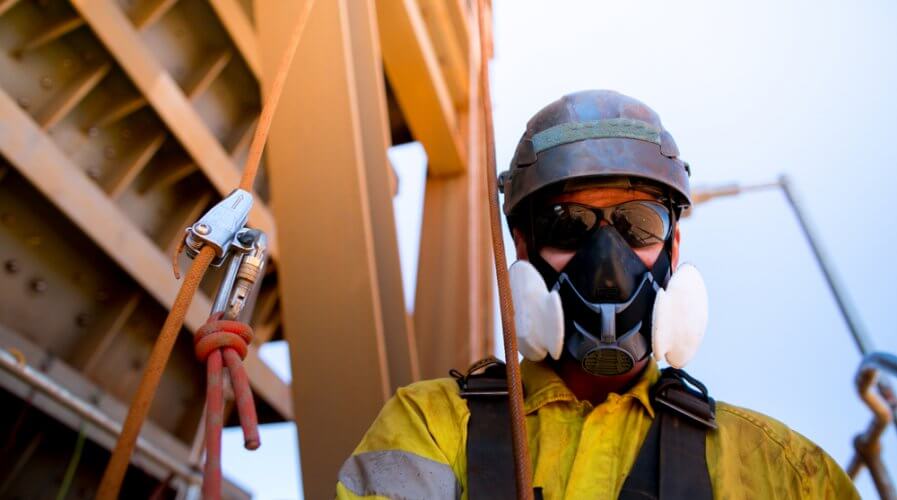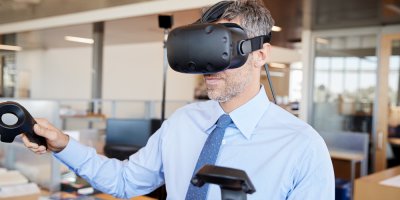
Australian miners can gain from virtual reality training. Source: Shutterstock
Can virtual reality better train miners on safety measures in Australia?
“TELL ME and I forget, teach me and I may remember, involve me and I learn,” said Benjamin Franklin. To involve people and train them effectively, new-age educators believe virtual reality (VR) is the right tool.
Most recently, local media said that BHP Mitsubishi Alliance (BMA)’s Broadmeadow Mine in Queensland’s Bowen Basin will be using VR to train workers before they go underground.
Real-life hazards and scenarios have been created, and will be delivered via VR, to train workers in a safe environment.
The project, led by Broadmeadow Mine’s Special Projects Manager Nathan Parsons, has been in the works for the past 18 months and is expected to really take the company’s safety training to a whole new level.
“Virtual reality will revolutionize the way underground miners are taught about safety,” Parsons said.
“Up until now, the only way you could truly understand what you’re being taught is to actually experience it, and now, we can recreate real scenarios and put people in an immersive environment where they can learn hands-on.”
According to the BMA team, VR technology allows the company to create scenarios and environments that are hard to explain or describe. In scenarios at these VR training sessions, seeing and experiencing is really the best way to learn.
What the BMA team is doing isn’t revolutionary in the real sense of the world. After all, companies such as Walmart and Honeywell developed similar programs last year.
Fonterra, the New Zealand-based co-operative dairy company also developed VR-based safety training programs last year.
“With this [VR-based] solution, we can replicate the physical environment of our sites, so staff can undertake virtual health and safety training in an extremely immersive and realistic way,” said Fonterra Director of Health and Safety, Resilience and Risk Greg Lazzaro at the time.
“That means our people can learn about and identify potential hazards more quickly than ever, encouraging more engaged employees and better workplace safety.”
While workers being provided with VR training understand why it really is a great investment, managers and C-suite executives might have trouble understanding the value that VR training provides.
For them, Walmart CEO Doug McMillon’s statement of how VR training delivered to employees to help them make the right decisions “in the event of active shooting in a facility” saved 22 lives in El Paso, Texas might provide some insight.
“I’ve done [the training] myself. And there’s something about doing that through VR that helps you, in some ways, live the experience and understand the steps that you need to take in an active shooter situation,” McMillon told Fortune.
“Because the management team [in El Paso] acted so fast and engaged other associates and executed the plan, we all feel very confident that lives were saved and seconds were gained.”
“It’s not a generic environment; it helps with the learning and cognitive aspect because store associates can say, ‘I was literally in this store,’ or a store just like it with similar lights, colors, et cetera,” Walmart’s training development partner told Fortune.
In the future, more VR-based training solutions are expected. For certain segments of the market, VR-based training offers a really good solution because of its ability to help people “experience” a scenario. That’s what its unique selling point is and that’s what managers should keep in mind when evaluating training/re-training investments.
READ MORE
- Strategies for Democratizing GenAI
- The criticality of endpoint management in cybersecurity and operations
- Ethical AI: The renewed importance of safeguarding data and customer privacy in Generative AI applications
- How Japan balances AI-driven opportunities with cybersecurity needs
- Deploying SASE: Benchmarking your approach


